Changes ahead for the national screening system
Changes ahead for the national screening system
Details of changes to the national screening system from 1 October, due to the closure of Public Health England.
Details of changes to the national screening system from 1 October, due to the closure of Public Health England.
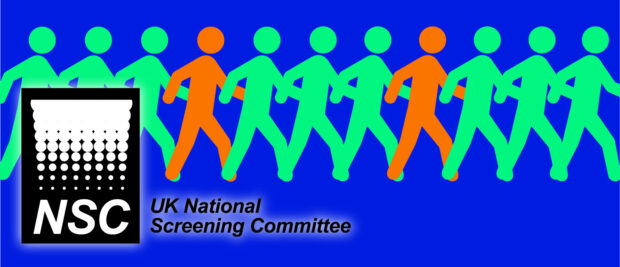
The UK’s processes and standards for reviewing screening policy and making screening recommendations are recognised and respected as world leading.
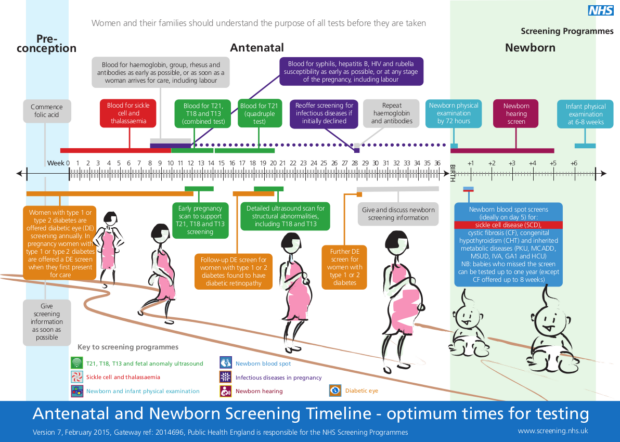
...before the conference is over! We seem to have a knack of underestimating the popularity of this particular resource. Maybe it’s because it’s all there in one place and a...
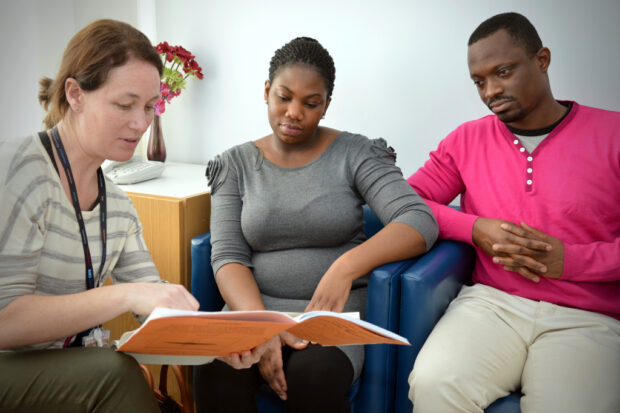
...conditions was quite low in BME communities, often due to cultural and language barriers. The team therefore worked with the Sickle Cell and UK Thalassaemia Societies to plan the best...
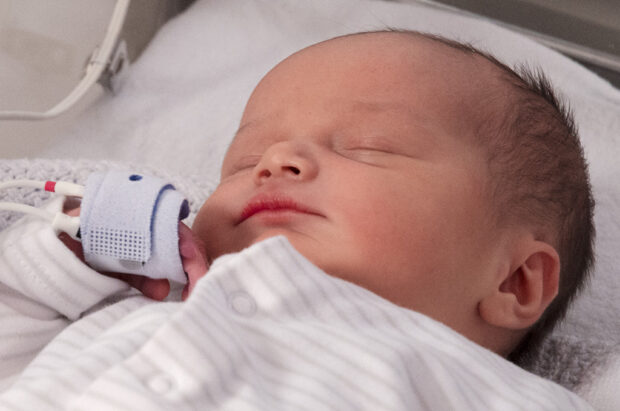
...38,000 newborn babies. This is likely to identify around 300 babies with heart problems. The NIPE team has worked with the 15 pilot site trusts who have now either aligned...

...to so many people who have so many different perspectives on screening. It's helped out to refine our understanding and description of what distinguishes systematic population screening programmes from other...
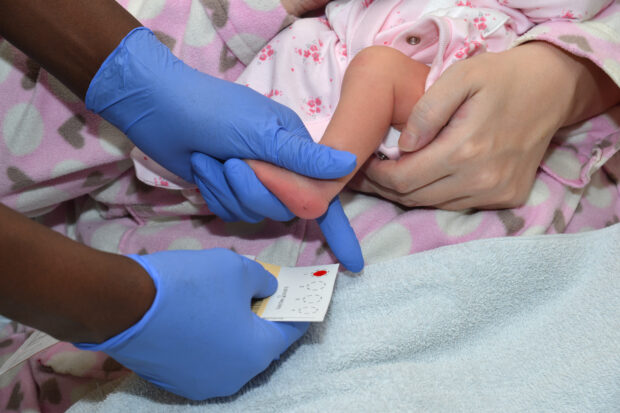
...example: There has been one record that I wanted to make you aware of which was for a baby born at [hospital]. They failed to notify [neighbouring community team] of...
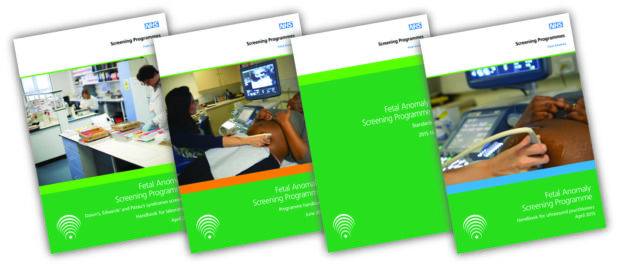
...and the other for T18 / T13. A risk cut-off determines those women who are in the ‘higher risk’ group and considered ‘screen positive’ – this is currently set at...
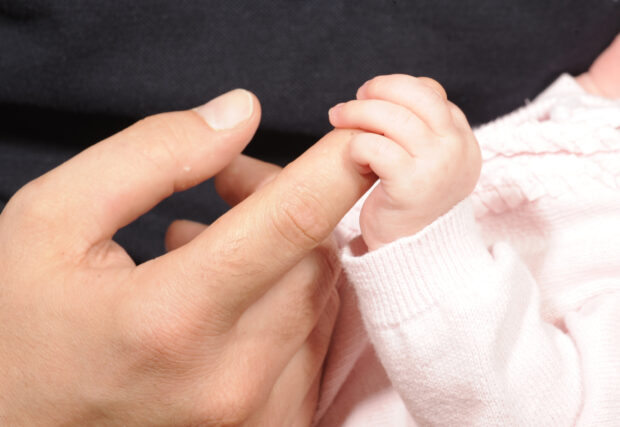
Population screening programmes provide compelling evidence that early intervention reduces the burden of disease and improves health.

In our blog last week, we introduced the key performance indicators for screening and how they can help drive local improvements in screening services. In this follow-up blog, we’re going to look at the last KPI data we published.
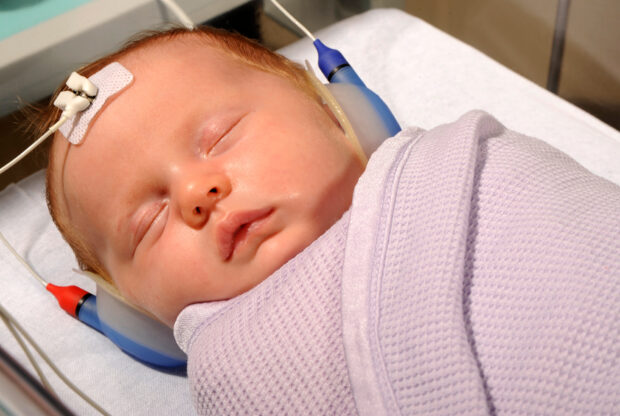
The NHS Newborn Hearing Screening Programme (NHSP) has helped to find thousands of babies with hearing loss since it started. We’ve just published a summary of the first 7 full years of data in the International Journal of Audiology so …